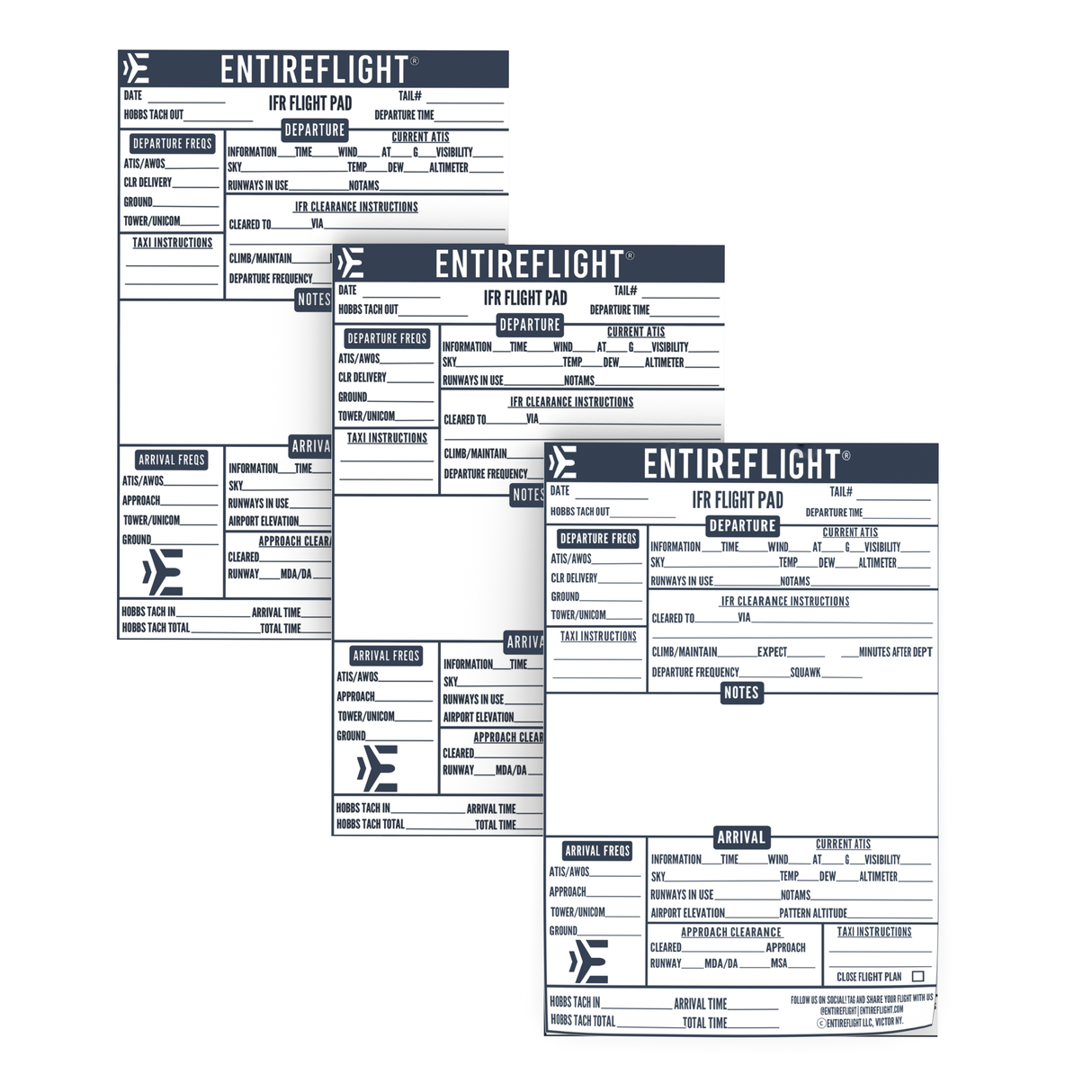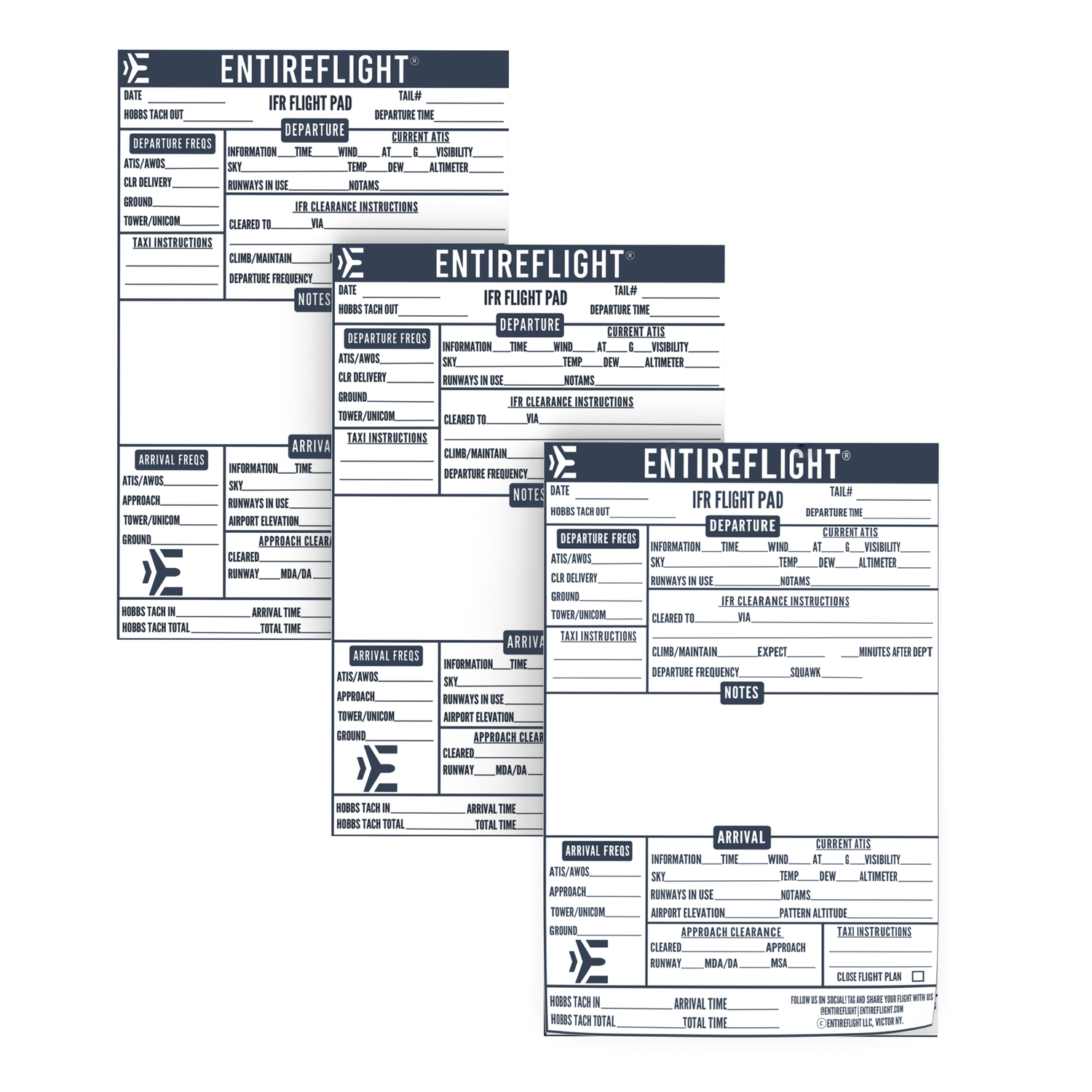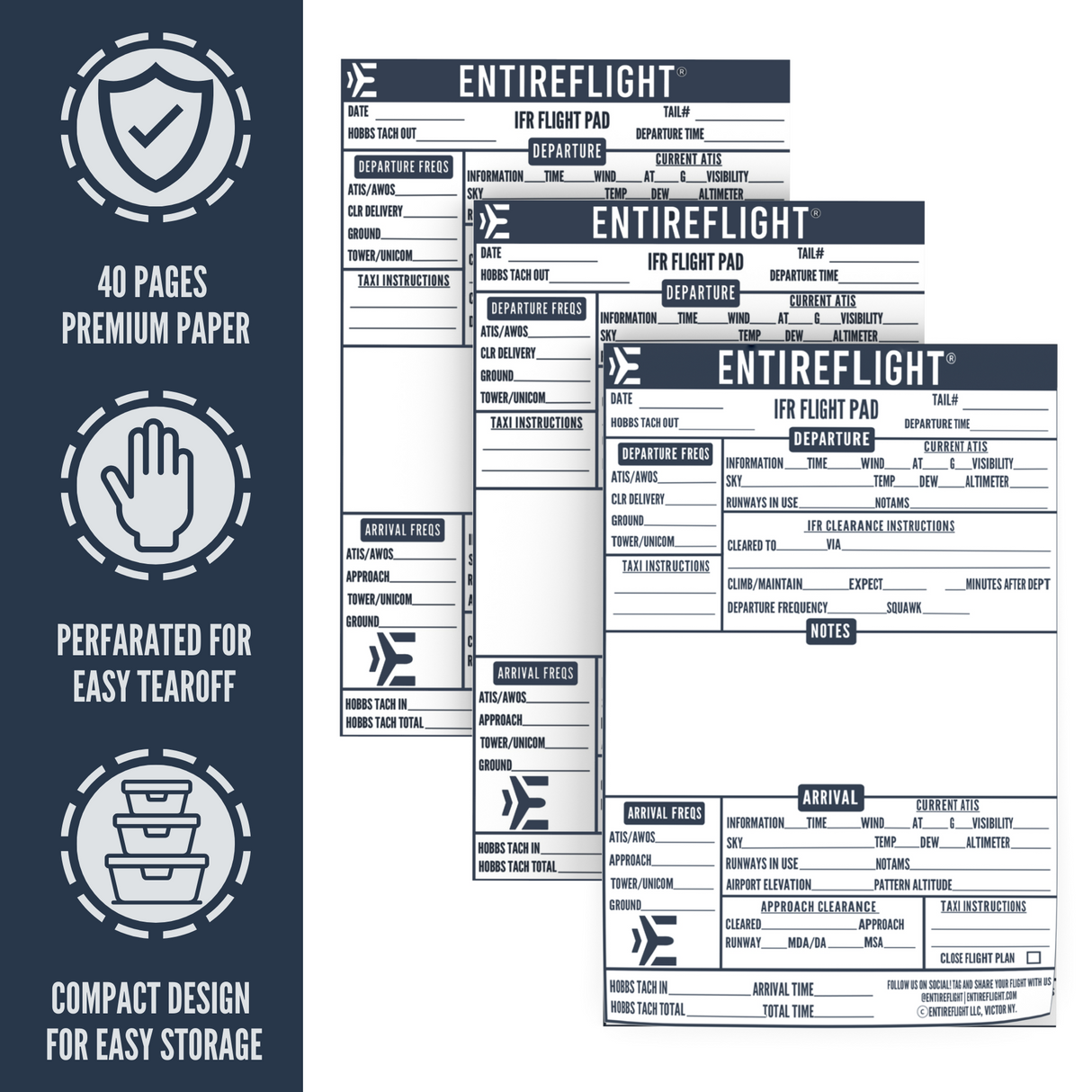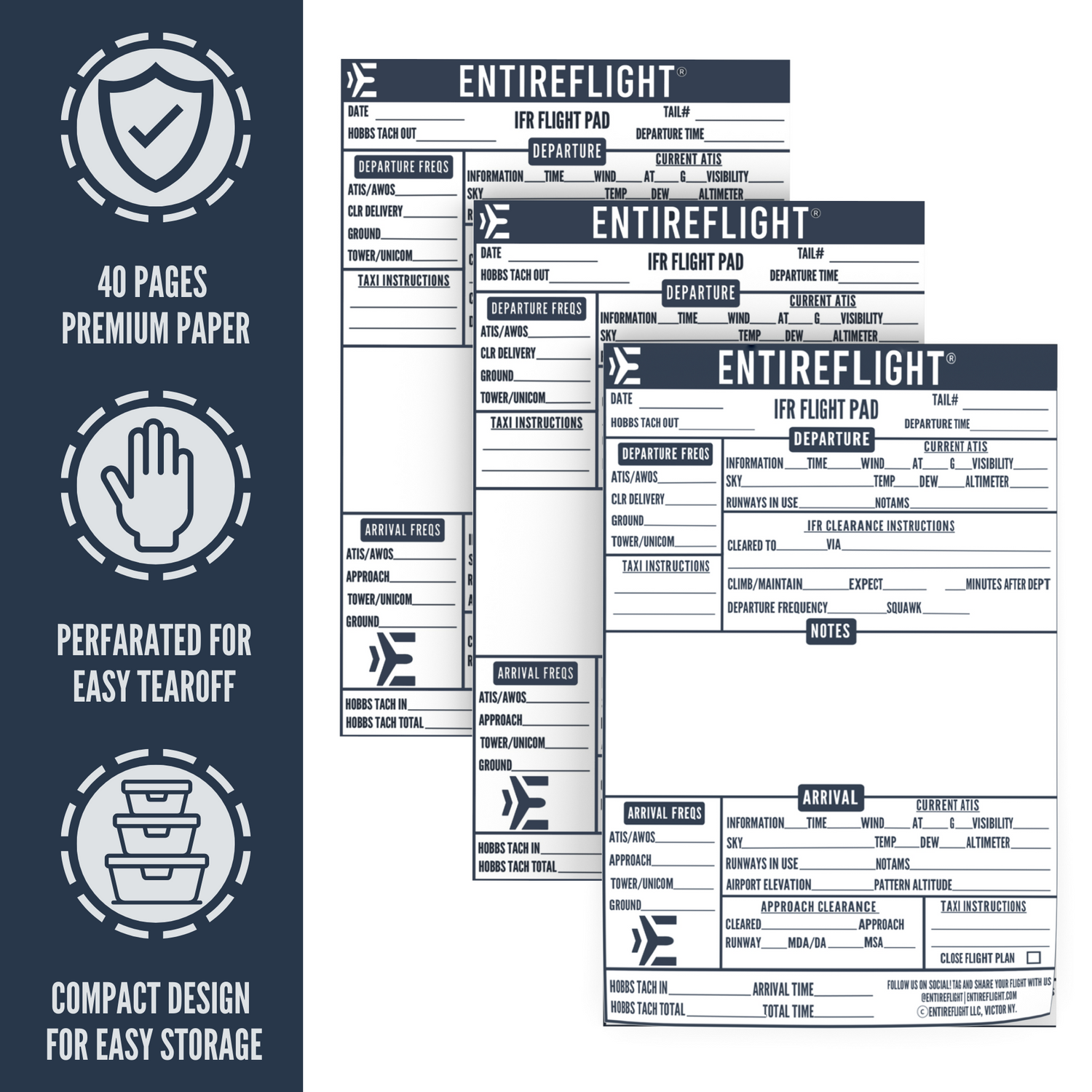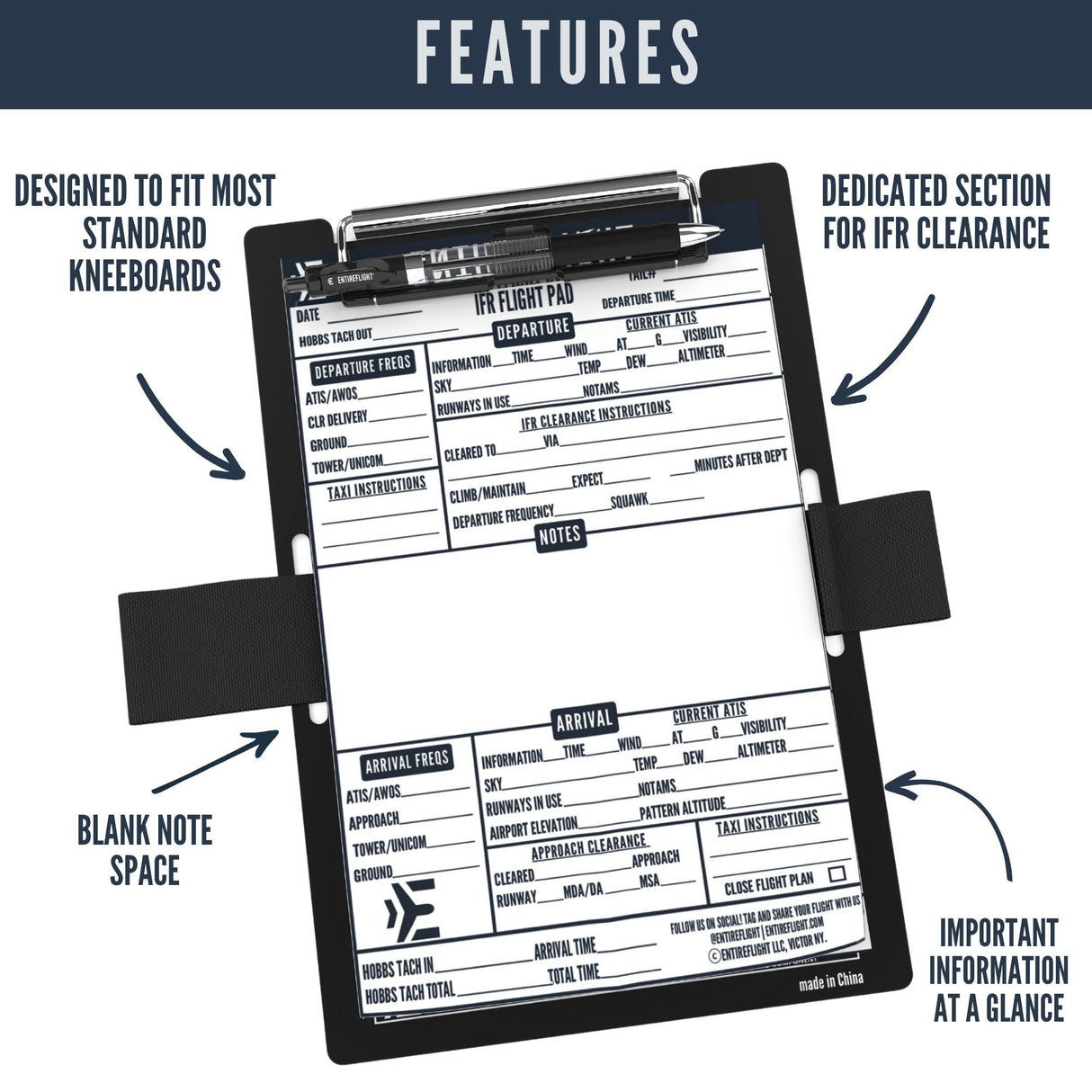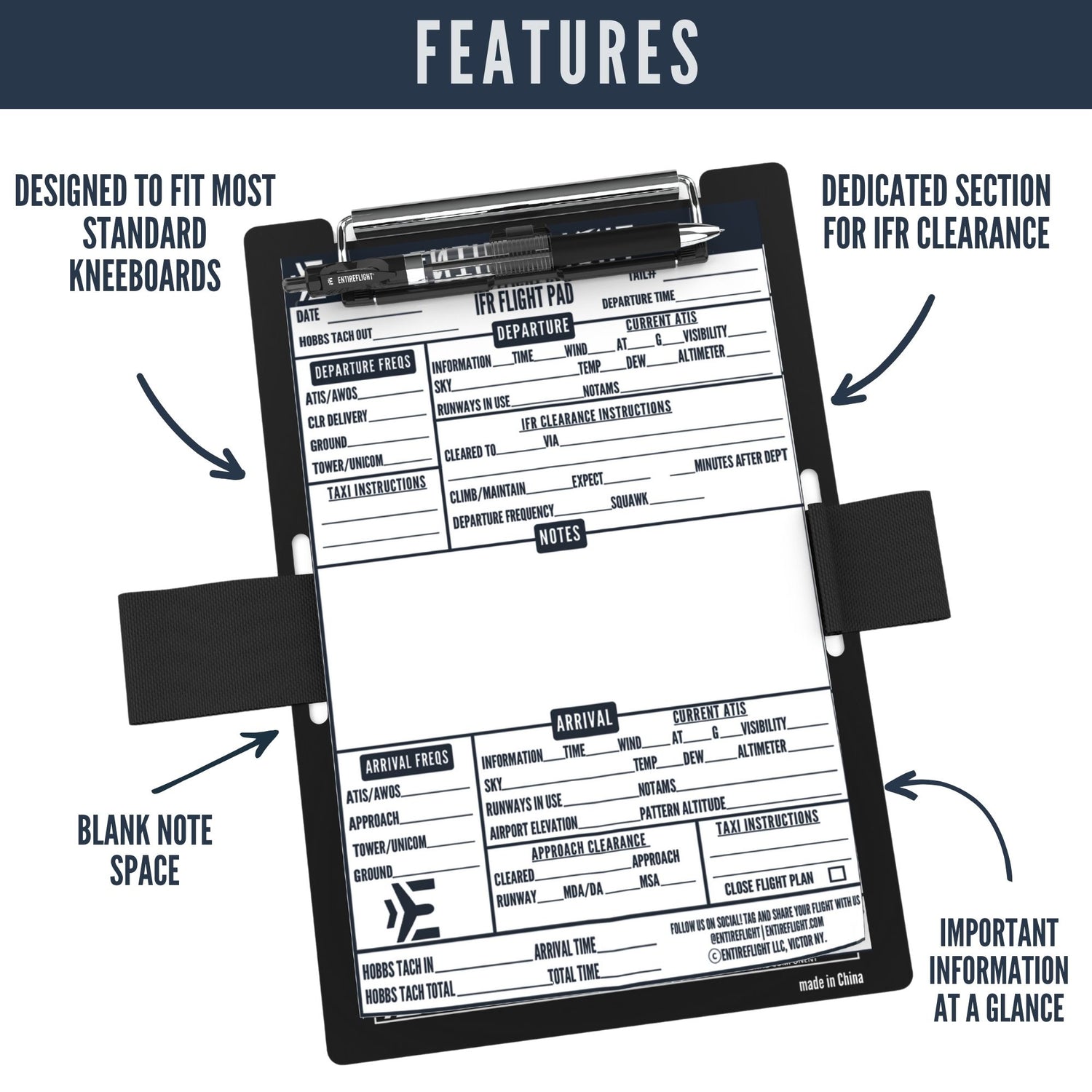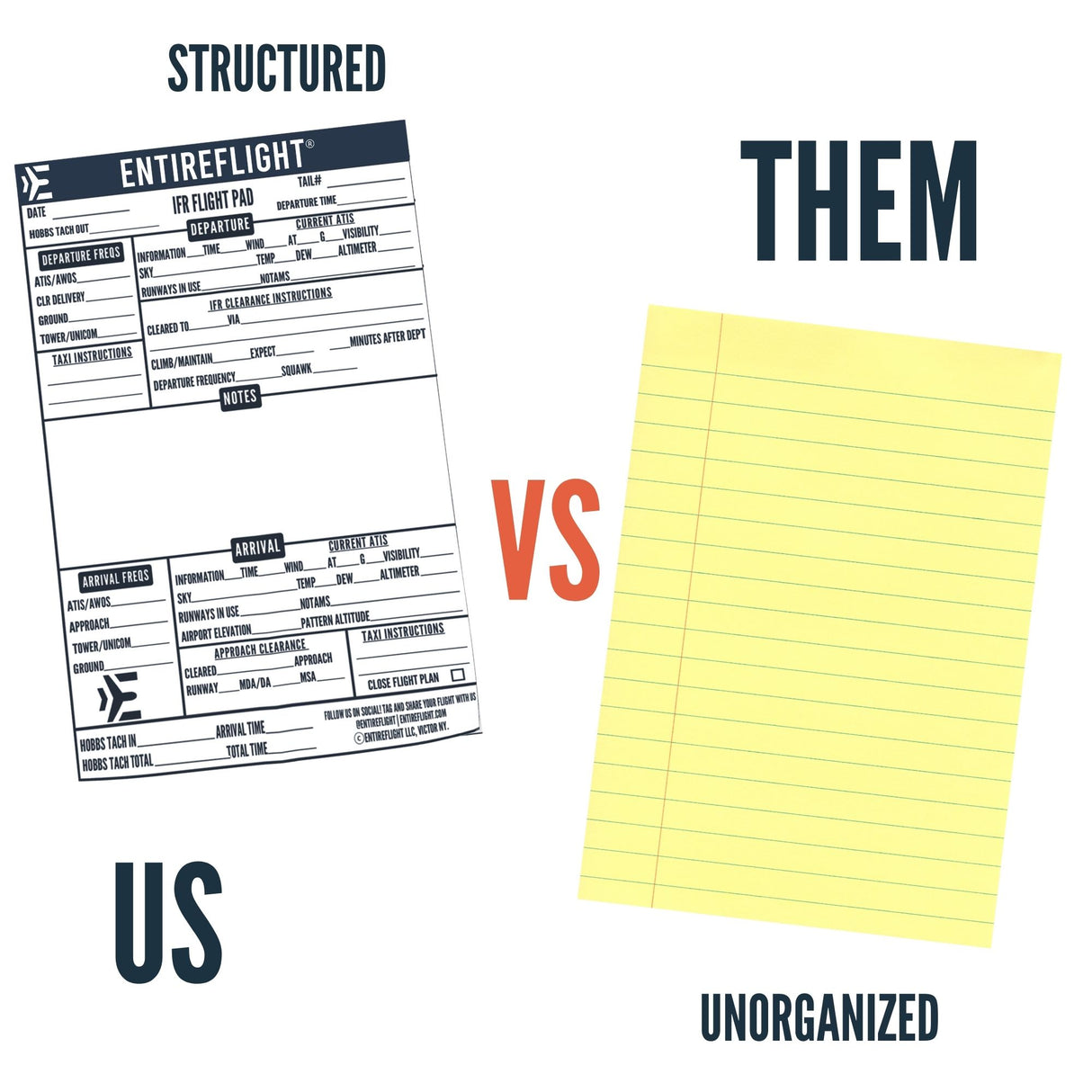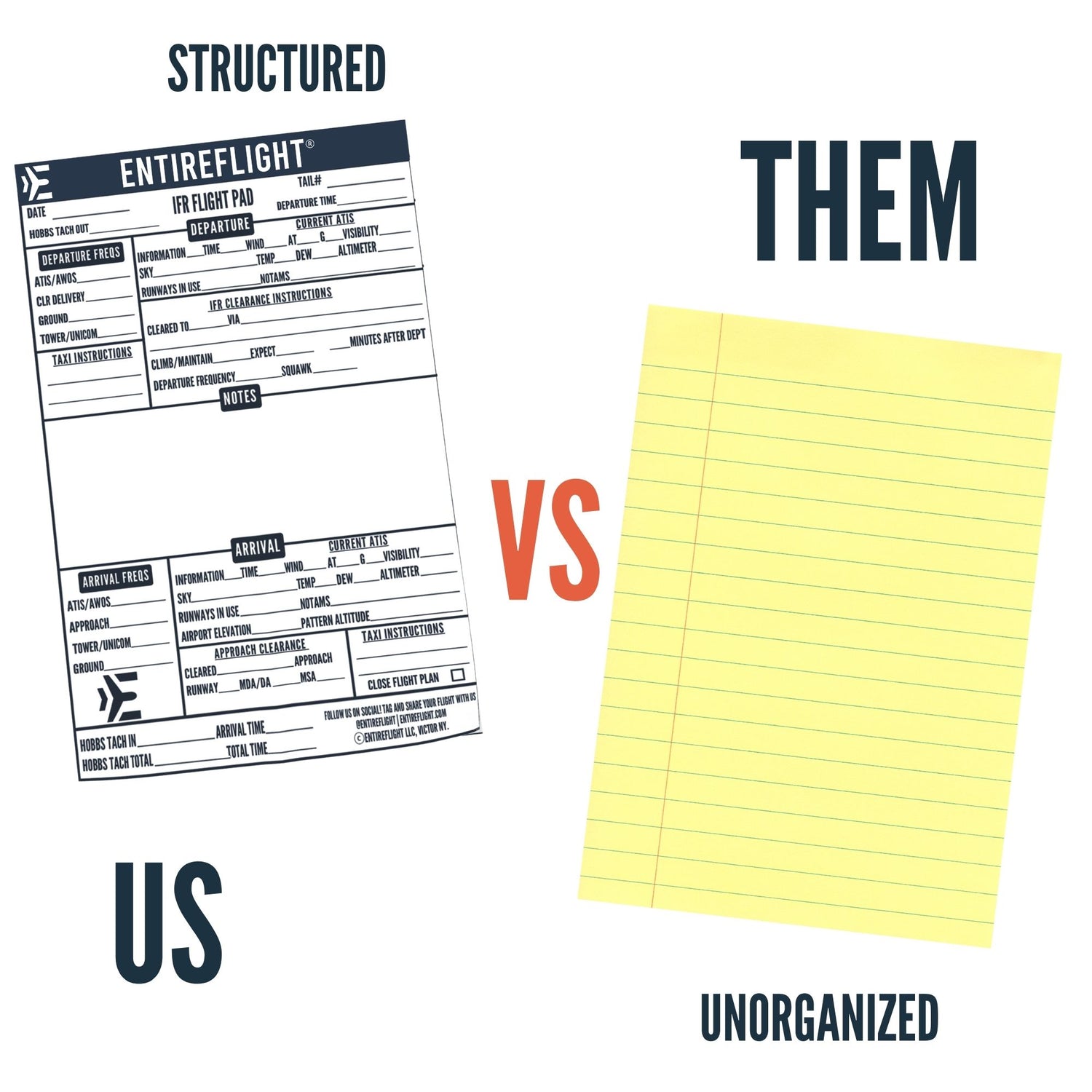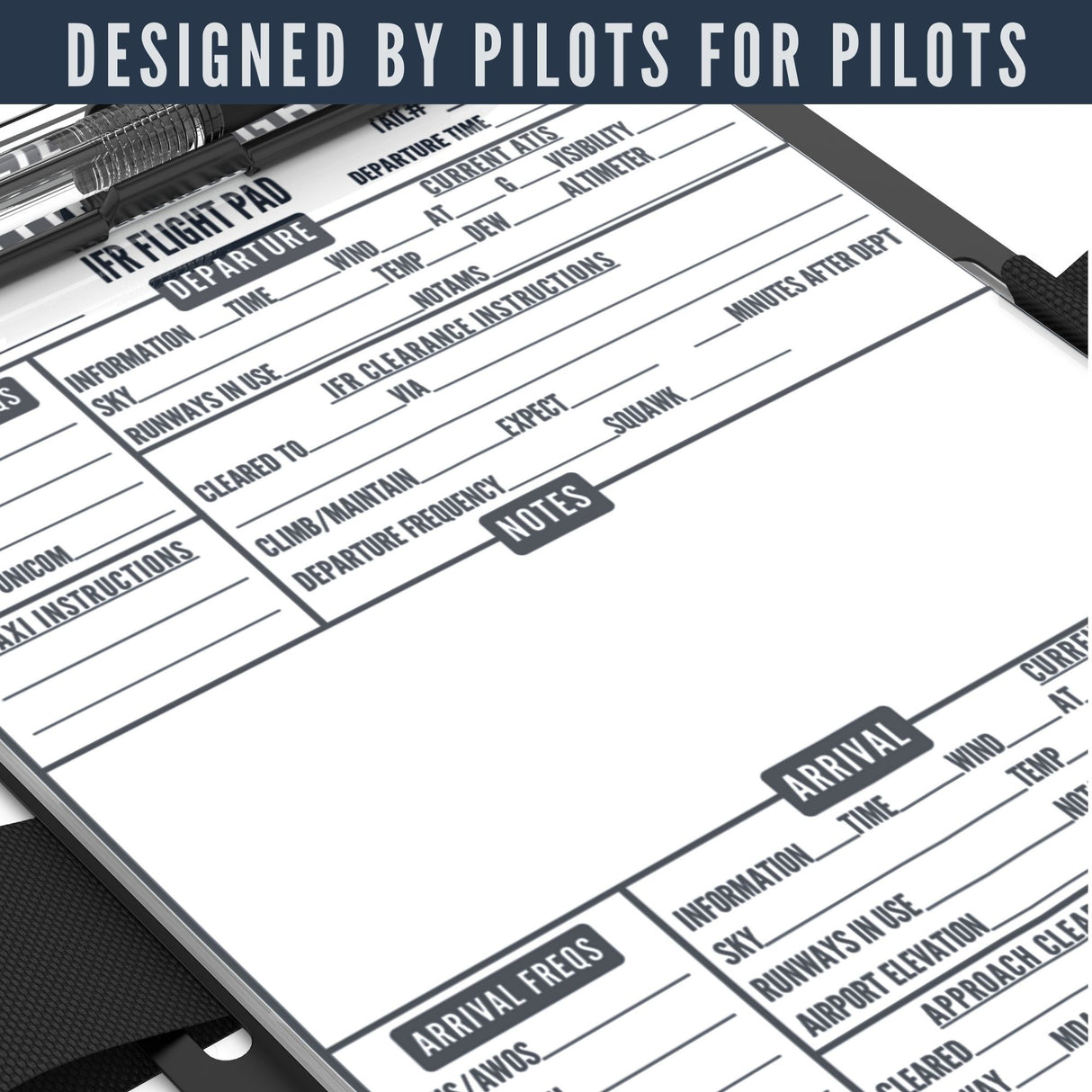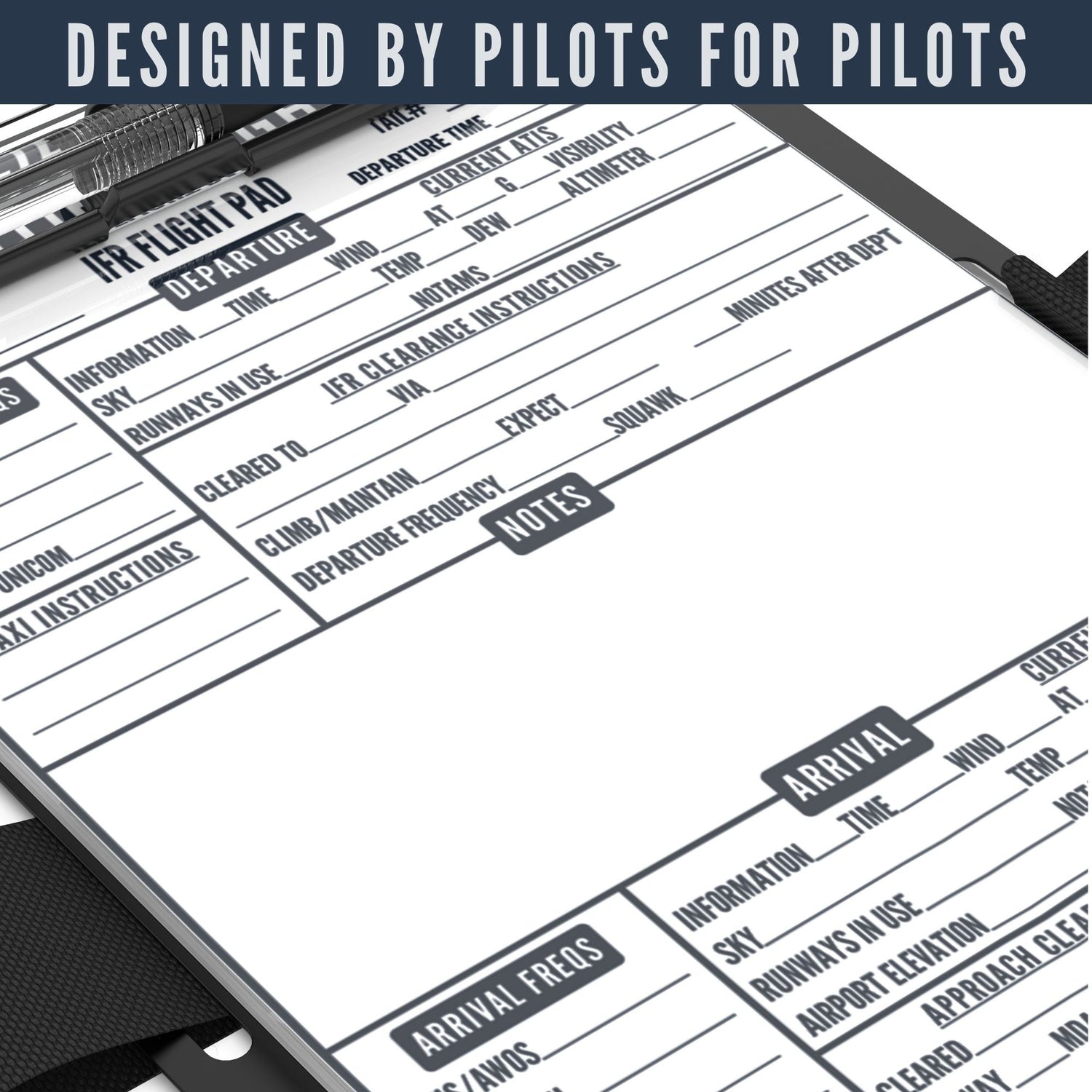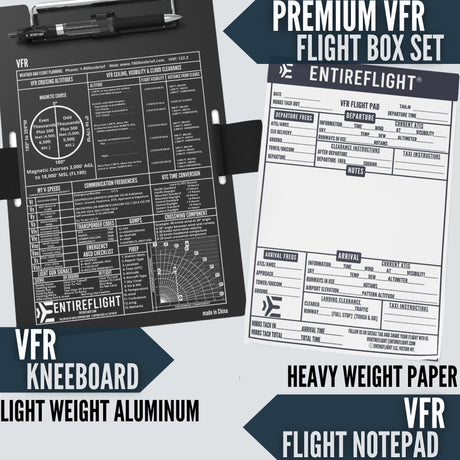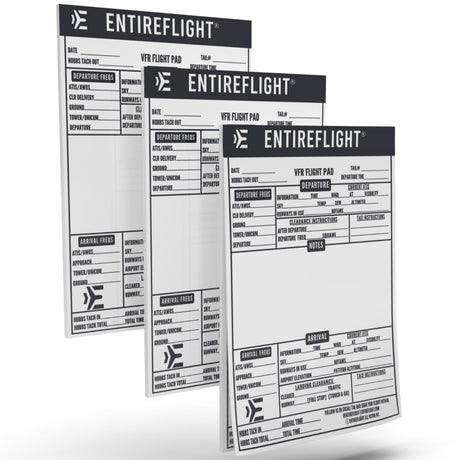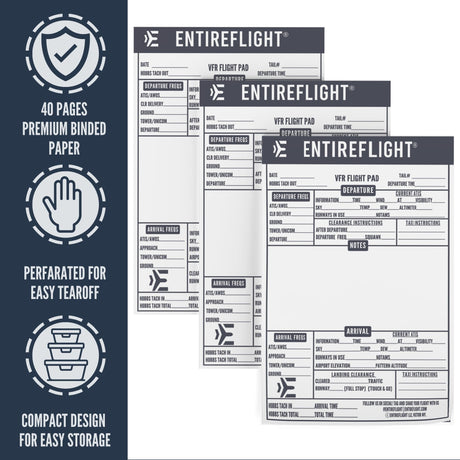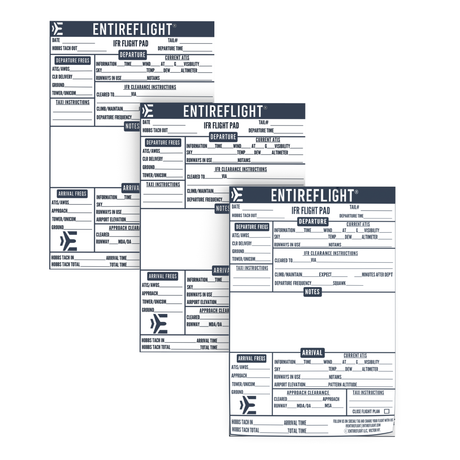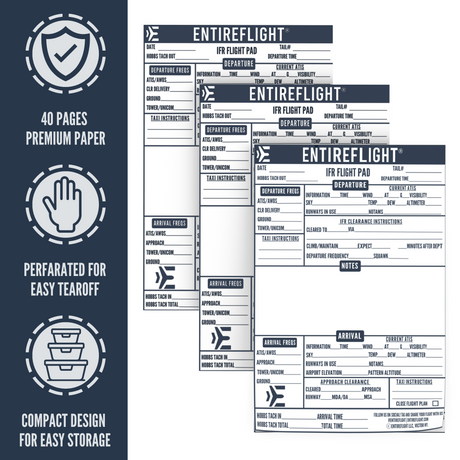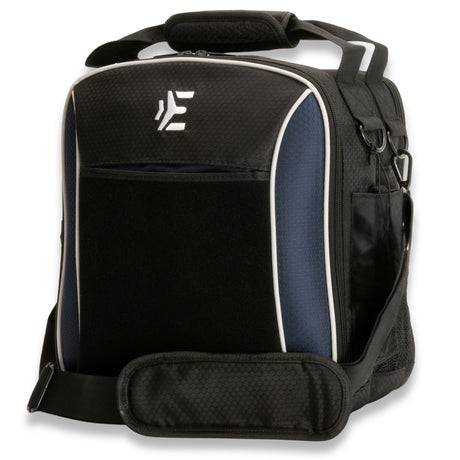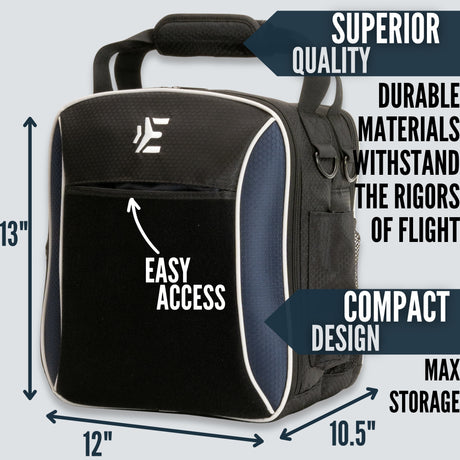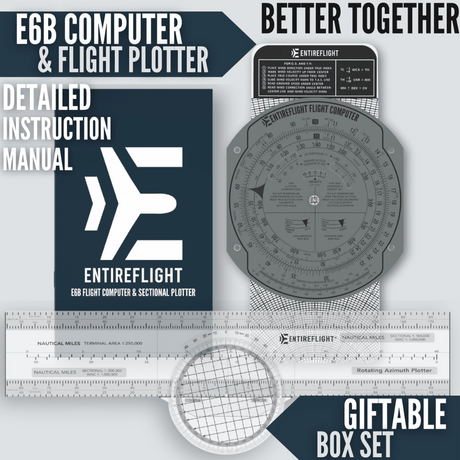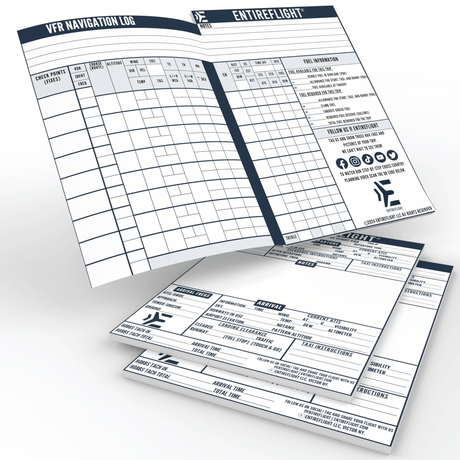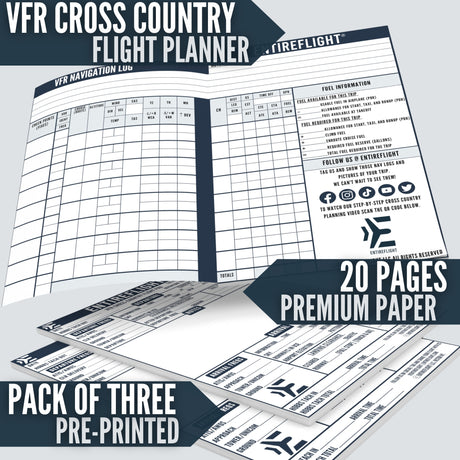If you're looking for a unique and challenging project, building a helicopter kit may be just what you're looking for. Helicopter kits come in a variety of difficulty levels and price points, making it easy to find one that fits your skill level and budget. Building a helicopter kit can be a great way to learn about aviation and mechanics while also creating a one-of-a-kind flying machine.
Before you begin building your helicopter kit, it's important to do your research and choose the right one for you. Consider your skill level, budget, and the type of helicopter you want to build. Some kits require more advanced skills and tools, while others are designed for beginners. You'll also want to consider the cost of the kit and any additional parts or tools you may need to complete the project.
Once you've chosen your helicopter kit, it's time to get to work. Building a helicopter kit can be a challenging and time-consuming process, but it's also incredibly rewarding. You'll need to follow the instructions carefully and pay close attention to detail to ensure that your helicopter is safe and functional. With patience and perseverance, you'll be able to create a unique and impressive flying machine that you can be proud of.
Mastering Helicopter Basics
Helicopters are complex machines that require a deep understanding of aerodynamics and mechanical components. In this section, you will learn the basics of how a helicopter works and what makes it different from other aircraft.
Aerodynamics
The aerodynamics of a helicopter are unique compared to other aircraft. Helicopters use rotors to generate lift and propulsion, rather than wings. The main rotor is the most important part of a helicopter's aerodynamics. It is responsible for lifting the helicopter off the ground and keeping it in the air.
The main rotor has two parts: the rotor blades and the rotor hub. The rotor blades are attached to the rotor hub and are responsible for generating lift. The rotor hub connects the blades to the main rotor shaft and allows them to rotate.
Mechanical Components
In addition to aerodynamics, helicopters also have many mechanical components that are critical to their operation. These components include the engine, transmission, and rotor system.
The engine provides power to the helicopter and is usually located at the rear of the aircraft. The transmission is responsible for transferring power from the engine to the rotor system. The rotor system is made up of the main rotor, tail rotor, and various control mechanisms.
Building a helicopter kit requires a deep understanding of these mechanical components. It is important to follow the instructions carefully and ensure that all components are installed correctly.
Choosing the Right Helicopter Kit
When it comes to building a helicopter kit, choosing the right kit can make all the difference in the world. Here are a few things to consider when selecting your kit:
Size and Scale
One of the first things to consider is the size and scale of the helicopter kit. Do you want a small, indoor model or a larger, outdoor model? Do you want a scale model of a real helicopter or a more abstract design? Think about where you plan to fly your helicopter and what kind of experience you want to have.
Material and Quality
Another important consideration is the material and quality of the kit. Look for a kit made from high-quality materials that will last a long time and withstand the wear and tear of use. Pay attention to the quality of the instructions and any included parts to ensure that the kit will be easy to assemble and use.
Budget Considerations
Finally, you'll want to consider your budget when selecting a helicopter kit. Kits can range in price from a few hundred dollars to several thousand, so it's important to have a clear idea of how much you're willing to spend. Keep in mind that a higher price tag doesn't always guarantee a better kit, so be sure to do your research and read reviews before making a purchase.
Preparation Before Building
Before you start building your helicopter kit, there are a few things you need to do to prepare. This will help ensure that the building process goes smoothly and that you end up with a high-quality helicopter.
Gathering Tools
The first thing you need to do is gather all the necessary tools. Here are some of the tools you will likely need:
- Screwdrivers (both Phillips and flathead)
- Pliers (both needle-nose and regular)
- Wire cutters
- Wrenches (both standard and metric)
- Allen wrenches
- Drill and drill bits
- Heat gun or hair dryer
- Sandpaper
- Epoxy glue
- Threadlock
Understanding Instructions
Once you have all of your tools, it's time to start reading the instructions. Make sure you understand all of the steps before you begin. If there is anything you don't understand, don't hesitate to ask for help.
It's also a good idea to read through the instructions a few times before you start building. This will help you get a better understanding of the process and make it easier for you to follow along.
By taking the time to gather your tools and understand the instructions, you'll be well-prepared to start building your helicopter kit.
Building the Helicopter
Building a helicopter kit can be a challenging yet rewarding experience. In this section, we will guide you through the process of assembling your helicopter kit, step by step.
Assembling the Frame
The first step in building your helicopter kit is to assemble the frame. Follow the instructions carefully, and ensure that all the pieces are properly aligned and secured. It is important to use the correct tools and hardware provided in the kit, as using the wrong ones can compromise the structural integrity of the helicopter.
To make the assembly process easier, consider using a workbench or table with a vise to hold the frame in place. This will allow you to work on the helicopter without having to hold it in your hands.
Installing the Engine
Once the frame is assembled, the next step is to install the engine. Refer to the instructions provided in the kit and ensure that the engine is properly mounted and secured. It is important to use the correct hardware and tools, as using the wrong ones can cause damage to the engine or the helicopter.
Before starting the engine, ensure that all the connections are properly made and that there are no loose wires or components. It is also important to check the fuel and oil levels and to follow the manufacturer's instructions for starting the engine.
Setting up the Control System
The final step in building your helicopter kit is to set up the control system. This includes installing the servos, linkages, and other components that control the movement of the helicopter. Follow the instructions provided in the kit carefully, and ensure that all the components are properly aligned and secured.
Before taking your helicopter for a test flight, it is important to perform a thorough pre-flight check. This includes checking the control surfaces, ensuring that the battery is fully charged, and checking the weather conditions. Always follow the manufacturer's instructions and safety guidelines when operating your helicopter.
Building a helicopter kit can be a challenging and rewarding experience. With proper attention to detail and safety, you can build a high-quality helicopter that will provide you with hours of enjoyment.
Safety Measures
When building a helicopter kit, safety should always be your top priority. Here are some important safety measures to keep in mind:
Inspection and Testing
Before starting any work on your helicopter kit, it's important to thoroughly inspect and test all of the parts. This includes checking for any cracks, dents, or other damage that could compromise the safety of the helicopter. You should also test all of the electronics and other components to ensure that they are functioning properly.
Proper Handling
When working with your helicopter kit, it's important to handle all of the parts with care. This includes wearing gloves and other protective gear as necessary to prevent injury. You should also be careful not to drop or mishandle any of the parts, as this could cause damage and compromise the safety of the helicopter.
In addition to these general safety measures, there are also some specific considerations to keep in mind depending on the type of helicopter kit you are building. Be sure to carefully read and follow all of the instructions and safety guidelines provided with your kit to ensure that you build a safe and reliable helicopter.
Maintenance and Upkeep
Routine Checks
To ensure the safety of your helicopter, it's important to perform routine checks before each flight. Here are some things to check:
- Fuel level: Make sure you have enough fuel for your flight.
- Oil level: Check the oil level and make sure it's at the recommended level.
- Battery: Check the battery to ensure it's fully charged.
- Blades: Inspect the blades for any cracks or damage.
- Belts and hoses: Check the belts and hoses for any signs of wear or damage.
- Electrical connections: Check all electrical connections to ensure they're secure.
Performing these routine checks can help prevent any potential issues during flight.
Repair and Replacement
If you notice any issues during your routine checks or while flying, it's important to address them promptly. Here are some common issues and how to address them:
- Blade damage: If you notice any cracks or damage to the blades, they should be replaced immediately.
- Belt/hose damage: If you notice any signs of wear or damage to the belts or hoses, they should be replaced.
- Electrical issues: If you experience any electrical issues, such as a dead battery or faulty connections, they should be addressed before flying again.
Regular maintenance and prompt repairs can help ensure the safety and longevity of your helicopter.
Conclusion
As you embark on this exciting journey to build your own helicopter kit, remember that safety, dedication, and a passion for flight are your guiding principles. Whether you're a seasoned pilot looking to expand your skillset or a newcomer to the world of aviation, this project can be both a rewarding challenge and a source of immense pride.
Stay focused, stay safe, and let the thrill of flying fuel your determination. Bon voyage on your helicopter kit adventure!
Frequently Asked Questions
1 - What is the average cost of a DIY ultralight helicopter kit?
The average cost of a DIY ultralight helicopter kit is around $20,000 to $30,000. However, the cost can vary depending on the type of helicopter, the quality of materials used, and the complexity of the build.
2 - How difficult is it to build your own helicopter kit?
Building your own helicopter kit can be a challenging and time-consuming process. It requires a significant amount of technical knowledge, skill, and attention to detail. However, with the right tools, resources, and guidance, it is possible to successfully build your own helicopter kit.
3 - Are there any reputable companies that sell build-your-own helicopter kits?
Yes, there are several reputable companies that sell build-your-own helicopter kits. Some of the most popular companies include RotorWay International, Mosquito Helicopters, and Safari Helicopter.
4 - What is the price range for a 4-seat kit helicopter?
The price range for a 4-seat kit helicopter can vary widely depending on the manufacturer and the specific model. On average, you can expect to pay anywhere from $100,000 to $500,000 for a 4-seat kit helicopter.
5 - How much does a Safari 400 helicopter kit cost?
The Safari 400 helicopter kit typically costs around $50,000 to $60,000. However, the cost can vary depending on the specific options and upgrades that you choose.

